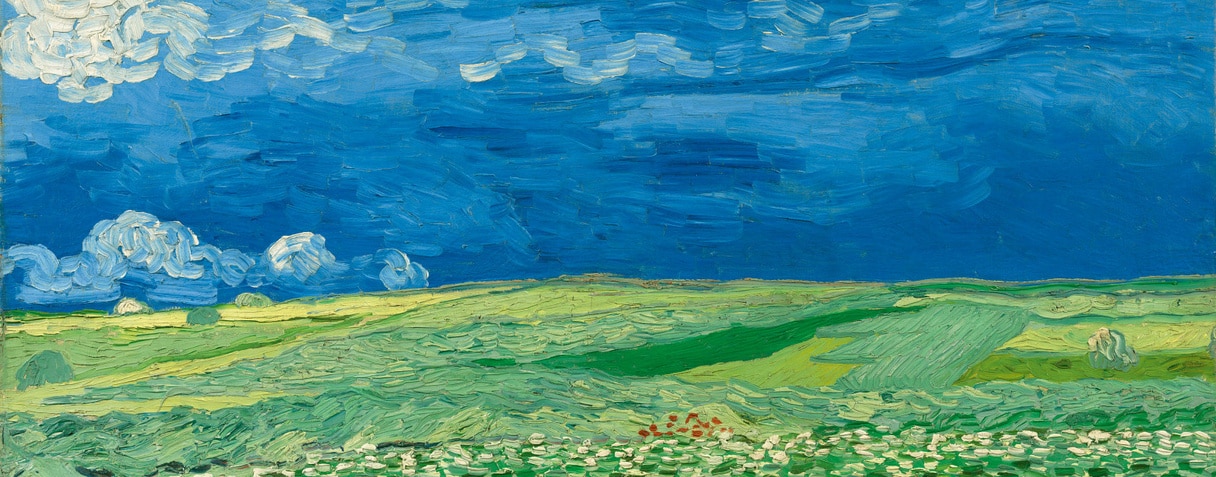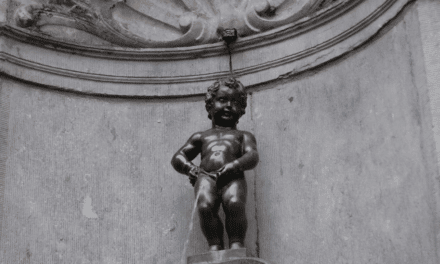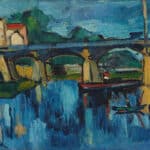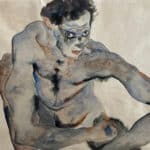This exhibition, presented at the Musée d'Orsay in the fall of 2023, is the first to be dedicated to the works created by Vincent van Gogh (1853-1890) during the last two months of his life in Auvers-sur-Oise near Paris. The exhibition represents the culmination of years of research into this crucial period of the artist's life and will enable the public to finally appreciate him in his true dimension.
When Vincent van Gogh arrived in Auvers-sur-Oise on May 20, 1890, he died there on July 29 as the result of a suicide attempt. Although the painter only spent just over two months in Auvers, this period saw an artistic renewal with his own style and development, which was characterized by the psychological tension resulting from the new situation, but also by the creation of some of his greatest masterpieces.
Put to the test by the various crises in Arles and then at the Saint-Rémy asylum, Van Gogh approached Paris and his brother Théo to find new creative impetus. The choice of Auvers is due to the presence of Dr. Gachet, a doctor specializing in the treatment of melancholy and a friend of the Impressionists, collector and amateur painter. Van Gogh settles in the center of the village, at the Ravoux inn, and explores all aspects of the new world available to him, while battling numerous worries related to his crises, his health, his relationships with his brother and his place in the art world.
To date, no exhibition has been dedicated exclusively to this final but decisive phase of his career. In two months, the painter created 74 paintings and 33 drawings, including iconic works: "Doctor Paul Gachet", "The Church of Auvers-sur-Oise" and Wheatfield with Crows.
October 3, 2023 to February 4, 2024























